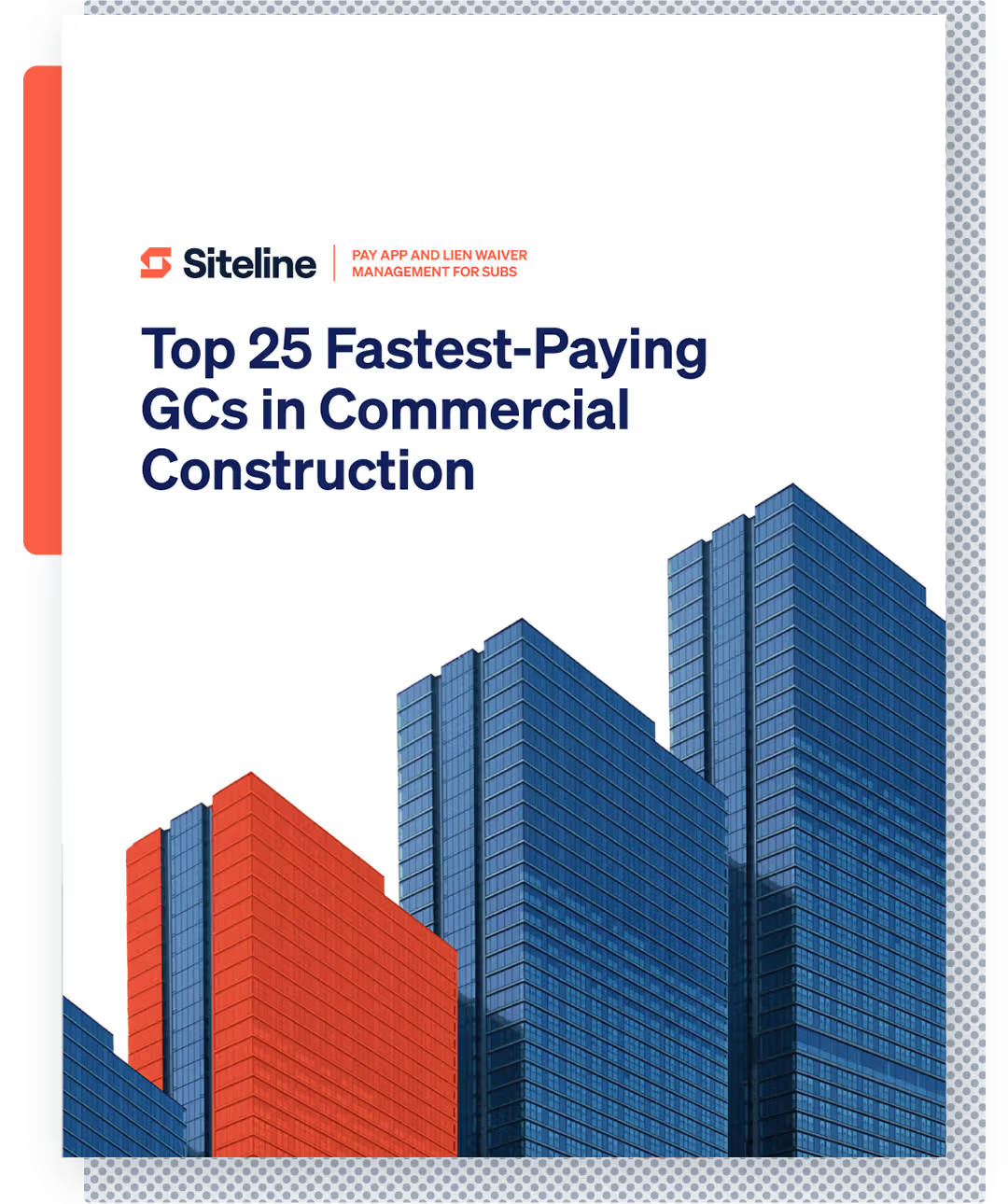Direct Labor
What is Direct Labor?
Direct labor in the construction industry refers to the workforce directly involved in the construction, alteration or development of a project. This primarily includes on-site workers like carpenters, bricklayers, electricians, plumbers, concrete finishers, steel workers and others who are hands-on in assembling, fabricating, and finishing physical components of a constructed entity. These are the personnel who directly contribute to the construction process by physically constructing or installing components of the project. The expenses incurred for this labor force, including their wages, benefits, and any associated costs, are considered as direct labor costs. It is crucial as the effectiveness and efficiency of the direct labor can greatly impact the project's quality, cost, and timeline. Therefore, project managers in the construction industry often focus a great deal on managing and optimizing direct labor.
Trusted by trade contractors across the country













Other construction terms
What is Long-term Debt?
What is Cost Accounting?
What is Net D?
Ready to end the fire drill and get paid faster?


.svg)
